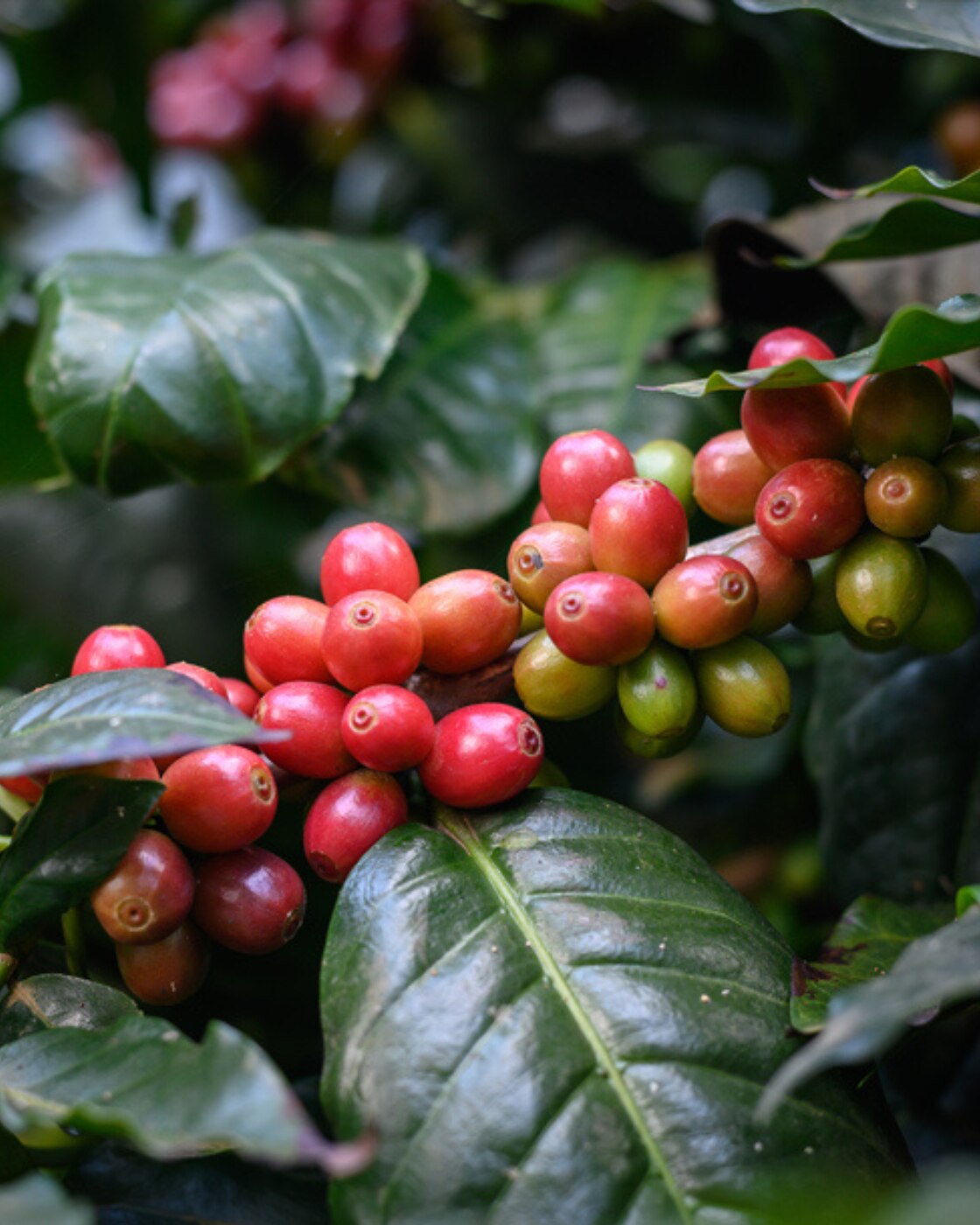
What is Coffee Crema?
This article will explore the science of crema, detailing how it enhances the flavour, aroma, and texture of your espresso, turning a simple coffee into a rather luxury treat.
Have you ever noticed a delicate golden foam that rests atop a freshly brewed espresso? That's crema, and it's more than just a good-looking garnish. Crema is a key indicator of a well-made espresso, and it plays a vital part in the overall coffee experience.
How Exactly Do You Get That Crema on Your Espresso?
What does Crema look like?
Visual Clues: Interpreting Crema's Colour and Texture
- Reddish-Brown Crema: The Sign of Freshness: If your crema has a reddish-brown hue, that’s a good sign as it usually means your coffee beans are freshly roasted, which is key to a vibrant espresso.
- Golden-Brown Crema: The Ideal Balance: A golden-brown colour is the sweet spot. It’s a sign of an ideally balanced extraction. Exactly what you want to see before you sip your espresso.
- Light-Coloured Crema: Potential Under-Extraction: A light-coloured crema could be a sign of an under-extracted coffee. This could be due to the water not applying enough pressure to the coffee beans and therefore not absorbing enough of the oils to provide you with a delicious espresso.
- Dark, Thin Crema: Over-Extraction or Stale Beans: On the flip side, a dark, thin crema might suggest over-extraction, where the water lingered a tad too long. Or it could be a sign that you used an old batch of coffee beans, which could be dried out and crackly, leading to a bitter brew.
Does All Coffee Have a Crema Layer?
Crema formation is affected by a few things: fresh beans (for oils and carbon dioxide), fine grind (for optimal extraction), and crucially, high brewing pressure. Without the correct amount of pressure, crema won't form.
Crema in other Espresso-Based Beverages: From Cappuccinos to Lattes
In a cappuccino, crema balances the milk's sweetness, contributing to a richer, more complex taste.
In a latte, the crema allows the espresso's inherent flavours to cut through the milk's creaminess.
A robust crema in the initial espresso shot indicates these qualities will persist throughout the coffee, enhancing the overall drinking experience.
Achieving the Perfect Crema – Practical Tips and Solutions
Thin, fleeting crema usually indicates a problem with extraction.
- Adjust your grinder to a finer setting. A coarser grind allows water to flow through too quickly, resulting in under-extraction and a thin crema.
- Check the freshness of your beans. Stale beans have lost much of their essential oils and CO2, which are crucial for crema formation
No crema at all often points to insufficient pressure or stale beans
- Make sure your espresso machine is operating at the correct pressure. Check your machine's manual for maintenance instructions.
- As above, older beans will not produce crema, so ensure you are using freshly roasted, high-quality beans.
Uneven or patchy crema can suggest inconsistent tamping or uneven grind distribution
- Practice a consistent tamping technique. Apply even pressure to ensure uniform extraction.
- Ensure your grind is evenly distributed before tamping. A clumpy grind can lead to uneven extraction.
- Check the calibration of your grinder, to ensure the grind is consistent.
Traditional espresso machines can be a tad tricky; you have to get the pressure just right. But with a NESCAFÉ® Dolce Gusto® coffee machine, our pods do all the work. They're pre-filled with the perfect grind, and our machines use the ideal pressure, meaning you get consistent crema every time, without any fuss.













































































 Machine Help Centre
Machine Help Centre















